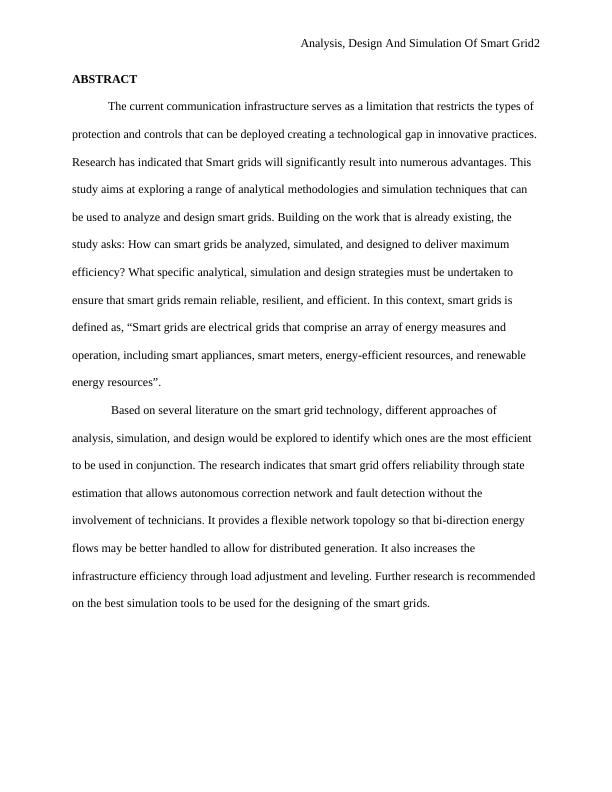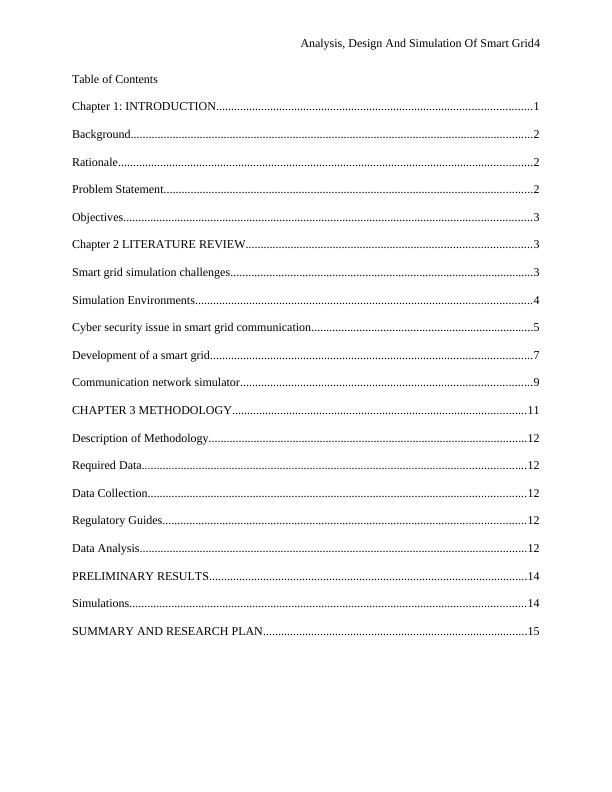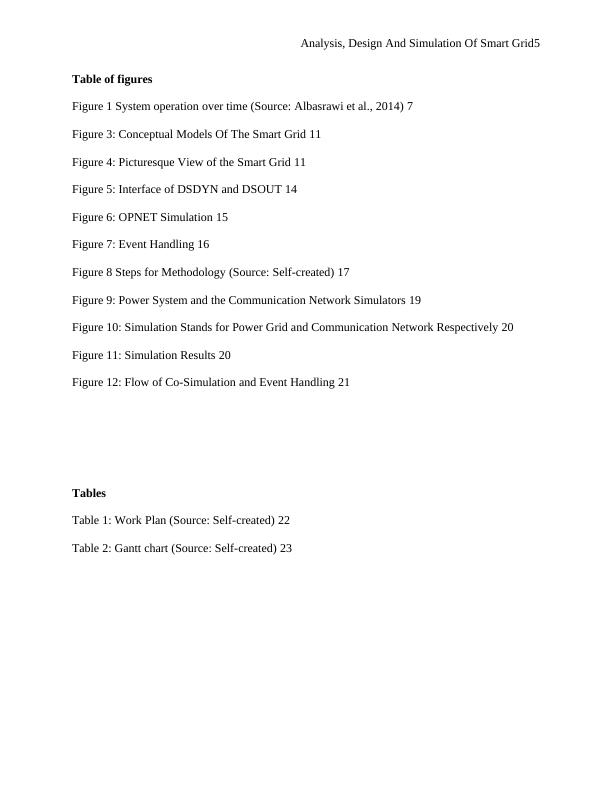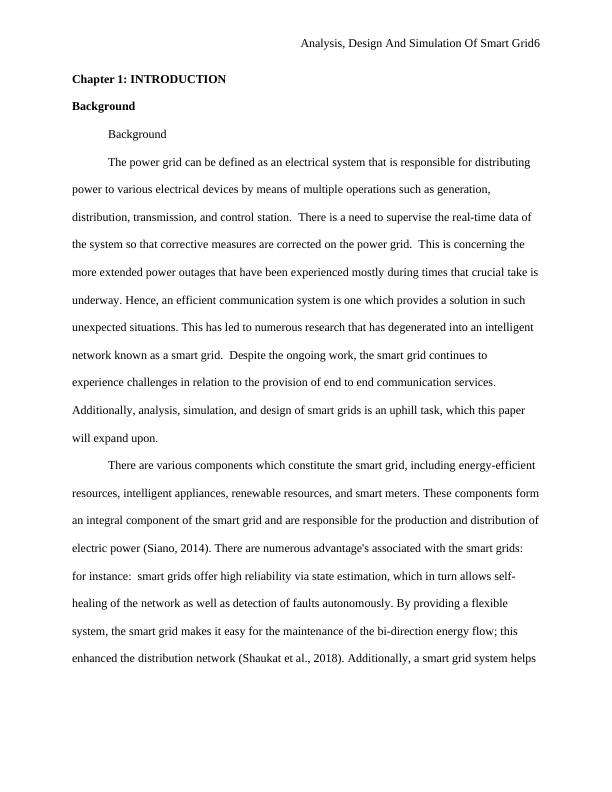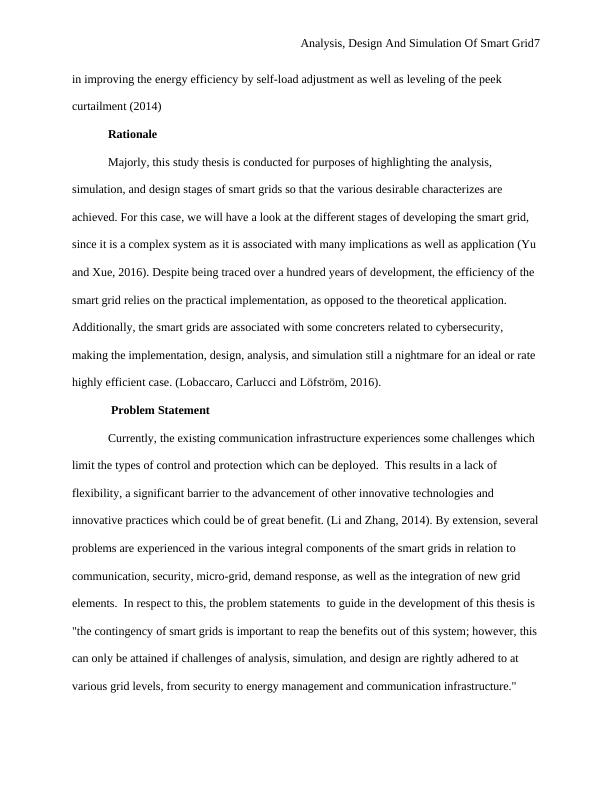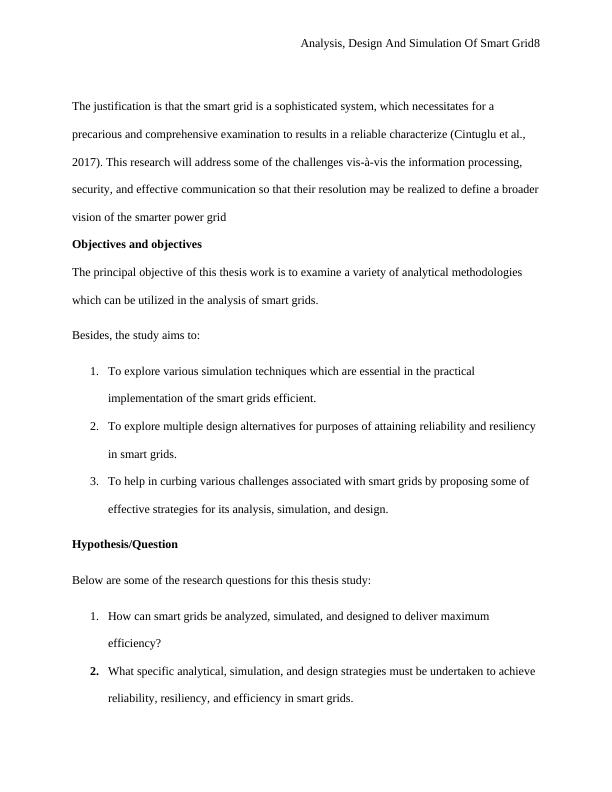Analysis, Design And Simulation Of Smart Grid
Write a progress report on the analysis, simulation, and design of smart grids, following a standard report format using Harvard WesternSydU referencing style. The report should include sections such as Abstract, Introduction, Aims and Objectives, Literature Review, Methodology, Research Plan and Timeline, Preliminary Results, Summary or Conclusions, References, and Appendix if applicable.
Added on 2023-03-31
About This Document
Analysis, Design And Simulation Of Smart Grid
Write a progress report on the analysis, simulation, and design of smart grids, following a standard report format using Harvard WesternSydU referencing style. The report should include sections such as Abstract, Introduction, Aims and Objectives, Literature Review, Methodology, Research Plan and Timeline, Preliminary Results, Summary or Conclusions, References, and Appendix if applicable.
Added on 2023-03-31
End of preview
Want to access all the pages? Upload your documents or become a member.


